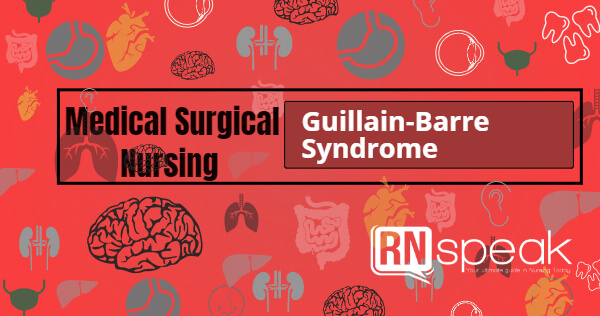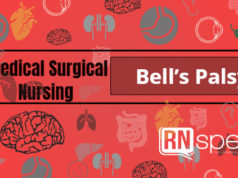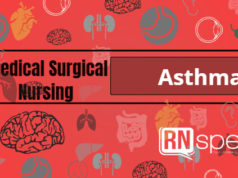Guillain-Barré Syndrome is a neuromuscular disorder, also termed as polyradiculoneuritis, and acute condition that involves inflammatory demyelinating polyneuropathy that occurs on the peripheral sensory and motor nerves, most of the time on the nerve roots.
Pathophysiology and/or Etiology
Guillain-Barré Syndrome is considered to be an autoimmune disorder. There is no specific cause of the autoimmune reaction. However, immunization, viral infection or other condition may trigger the condition. The peripheral nerves are the targets of a cell-facilitated immune response. This can cause demyelination and eventually axonal degeneration of nerve cells.
Clinical Manifestations
- Paresthesia
- Acute and symmetrical progressive muscle weakness, usually starting in the lower extremities and ascends to the trunk, arms and to the muscles of the face
- May advance to paralysis
- Due to the involvement of the cranial nerve, dysphagia and difficulty with speech and chewing are experienced
- Deep tendon reflex and vibratory and position sensitivity may be diminished or absent
- Autonomic dysfunction such as rapid heart rate and postural hypotension
- Respiration depths, breath sounds, and vital capacity are depressed
- Muscle fasciculation and spasms sometimes occur
- Dysthesia
Diagnostic Examinations
- Examination of the cerebrospinal fluid reveals decreased blood cell count and increased protein when a patient has Guillain-Barré Syndrome
- Electrophysiologic studies like NCT presents that the peripheral nerve’s conduction velocity is reduced
Nursing Diagnoses
- Ineffective breathing pattern
- Impaired physical mobility
- Impaired verbal communication
- Altered nutrition – less than body requirements
- Pain
- Anxiety
Medical Management
- Plasmapheresis causes a short-term decrease of antibodies in the circulation.
- Monitoring of electrocardiography
- Cardiac arrhythmia management
- Muscle relaxants and analgesics as necessary
- Intubation and mechanical ventilation when respiratory paralysis happens
Nursing Management
Maintaining respiration
- Vital capacity, breath sounds, and depth and rates of respiration monitoring are done to observe the respiratory status.
- Assess the muscle weakness level and monitor as it goes up to the muscles of the respiratory system.
- Watch out for respiratory fatigue as manifested by breathlessness while talking.
- Provide a non-stimulating environment.
- Assist to a position with elevated head of the bed for full chest excursion.
- Avoid giving sedative and narcotic medications so as not to depress the respiration.
- Watch out for imminent signs of respiratory failure. Signs include heart rate that is more than 120 bpm or 70 bpm and lower and respiratory rate of more than 30 bpm. Prepare the intubation set.
Prevent immobility complications
- Instruct to do range-of-motion (ROM) exercises.
- Encourage to perform exercises according to physical and occupational therapy guidelines during the recovery period.
- Watch out for problems such as pressure sores, contractures, leg edema, and constipation.
- Arrange for assistive devices as necessary.
Encourage ample nutrition
- Auscultate to check for bowel sounds. If bowel sounds are not present, stop enteral feeding to avoid gastric distention.
- Assess the fifth and ninth cranial nerve to check the ability for swallowing and chewing. In the case of poor function, do alternate feeding methods.
- Encourage small but frequent meals, that are both well-balanced and nourishing, during the recovery period.
Relieving pain
- Administer pain reliever medications as necessary.
- Perform pain management techniques such as therapeutic massage, imagery, and diversion.
- Turn the patient every two hours to prevent the pressure areas from feeling pain.
Maintain communication
- Conceptualize a system for communication to compensate for speaking difficulty.
- Maintain frequent contact.
- Encourage speech therapy lessons during the recovery period.
Relieving anxiety
- Provide a trusting relationship with the patient.
- Encourage frequent verbalization of feelings.
- Provide a clear explanation of the Guillain-Barré Syndrome.
Complications
- Respiratory failure
- Cardiac dysrhythmias
- Immobility complications
Reference
- The Lippincott Manual of Nursing Practice 6th edition edited by Nettina, Sandra M.








